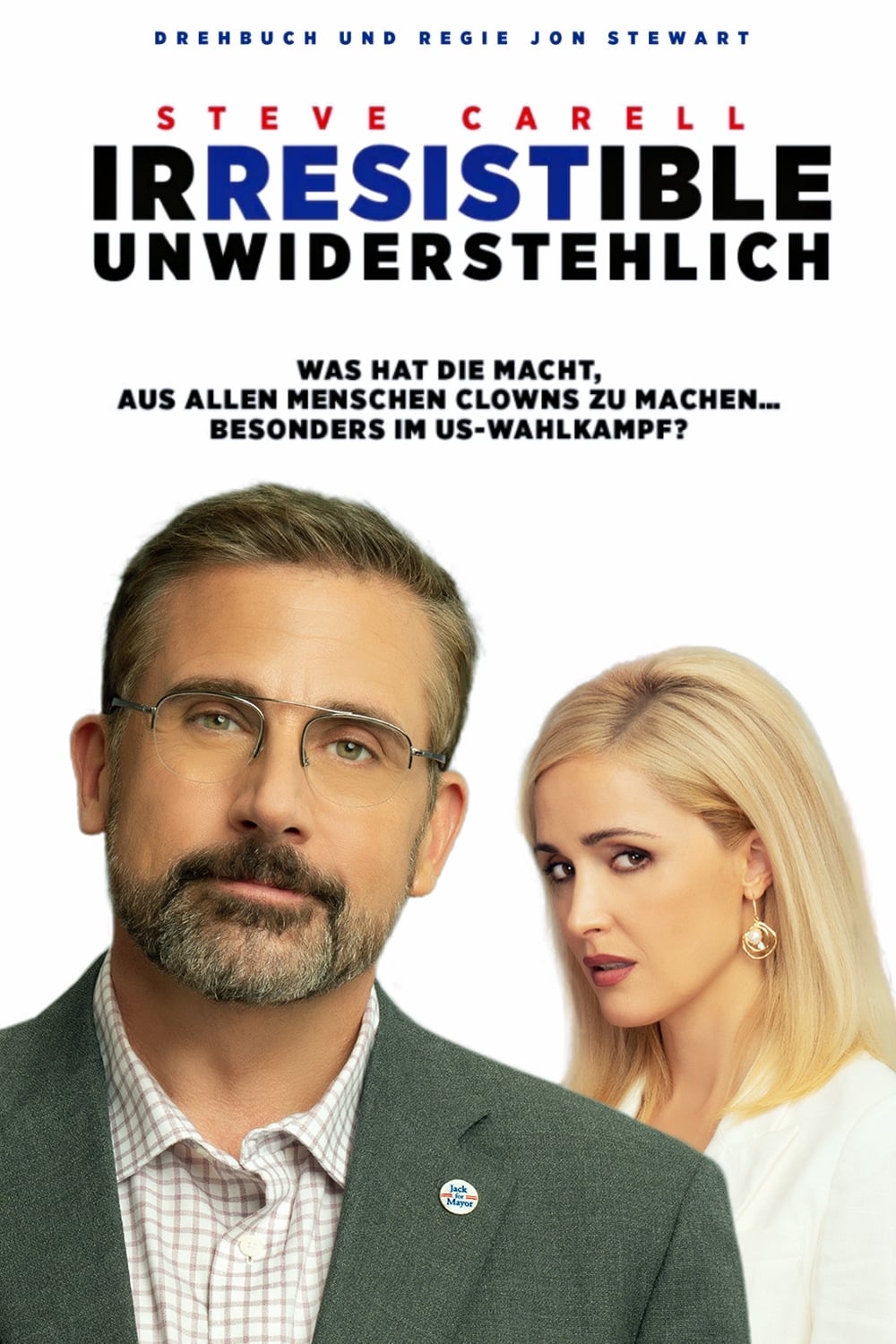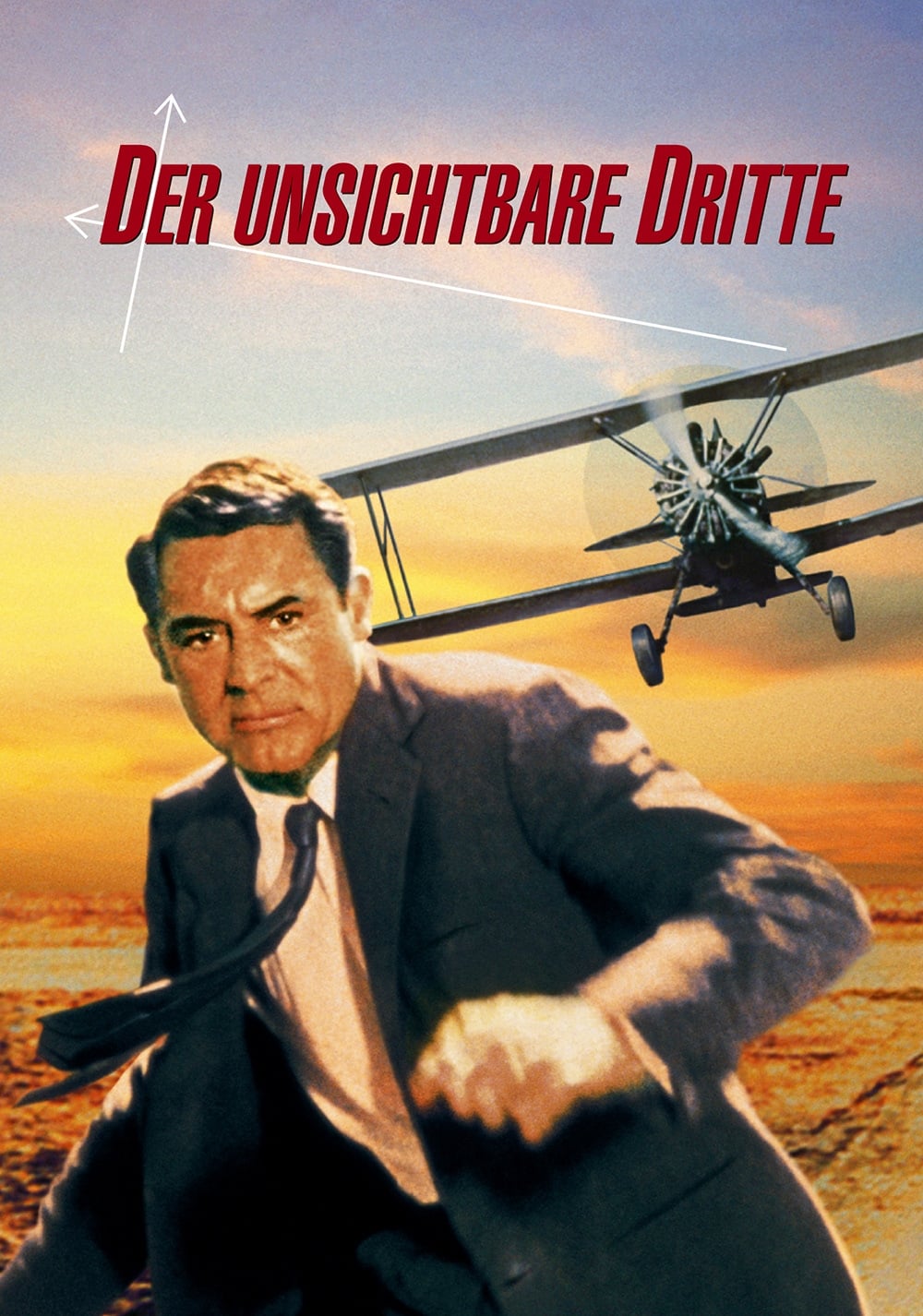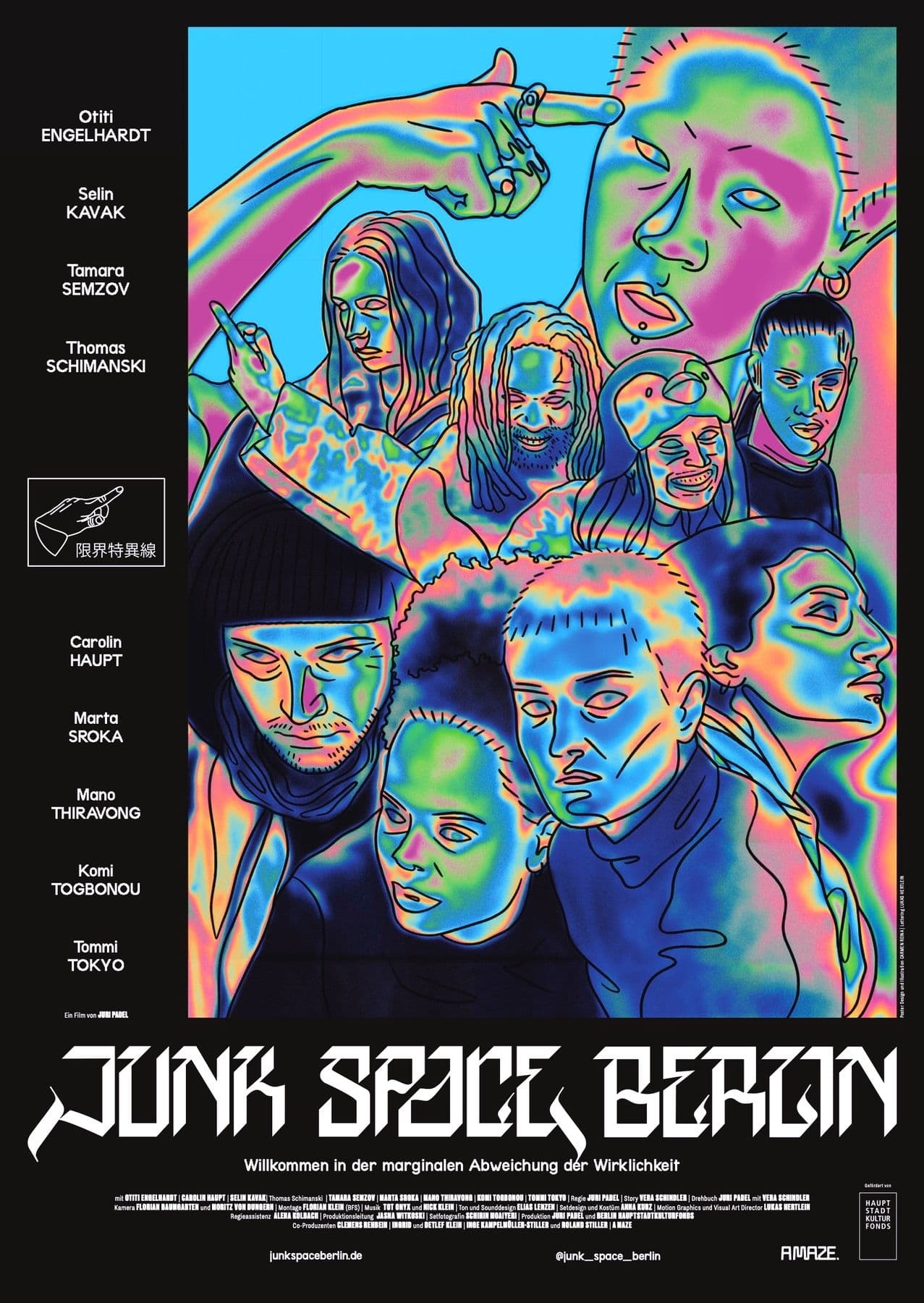
Wolfgang Amadeus Mozart – Oboe Concerto & ‘Gran Partita’ – Les Dissonances, David Grimal (2016)
FLAC (tracks) 24 bit/88,2 kHz | Time – 01:06:50 minutes | 1,07 GB | Genre: Classical
Studio Masters, Official Digital Download – Source: Qobuz | Booklet, Front Cover | © Dissonances Records
Recorded: Opéra de Dijon, 19 February 2014 & 2 April 2015
Oboe Concerto in C major K314: All his life, Mozart (1756 – 1791) was an indefatigable traveller, especially during his childhood and youth. On 22 September 1777 he left Salzburg with his mother, en route for Augsburg, Mannheim and then Paris, with a view to obtaining a secure position and a regular income. The first reference to the Oboe Concerto appears in a letter from Leopold Mozart to his son dated 15 October 1777: ‘. . . if you had a copy of your oboe concerto, Perwein might enable you to make an honest penny in Wallerstein.’ The oboist Perwein had left the service of Archbishop Colloredo of Salzburg to take up a post in Wallerstein; his departure had led to the engagement in April 1777 of an Italian virtuoso, Giuseppe Ferlendis, for whom this concerto was initially conceived.
On 4 November Mozart answered his father. During his stay in Mannheim, he had discovered among the members of one of the nest orchestras of the day a small community of outstanding musicians who were to become his friends, including the Konzertmeister Cannabich and the first oboe Ramm. Mozart related that he had made the acquaintance of the oboist, ‘who plays very well and has a delightfully pure tone. I have made him a present of my oboe concerto . . . and the fellow is quite crazy with delight. I played this concerto to him today on the pianoforte at Cannabich’s, and although everybody knew that I was the composer, it was very well received! Nobody said that it was not well composed, because the people here do not understand such matters . . .’ (The last sentence is of course sarcastically intended.)
Friedrich Ramm, whom the composer described as ‘a very good, jolly, honest fellow of about thirty- ve, who has already travelled a great deal, and consequently has plenty of experience’, became a close friend and made this concerto his ‘cheval de bataille’ (speciality). He played it at least five times in 1778, ensuring the work acquired genuine popularity. So much so, indeed, that when Mozart received around this time a commission for ute concertos from a Dutch merchant, he only composed one new one (K313) and merely transposed the Oboe Concerto into D major to serve as the second.
Serenade no.10 in B flat major K361, ’Gran Partita’: ‘Outdoor’ music represents a significant proportion of the catalogue of Mozart’s works, since there are around forty serenades, cassations, nocturnes and divertimentos. Their format varies from wind or string trio to full orchestra, and almost all of them date from Mozart’s Salzburg period. But there was a type of serenade for which he was still commissioned to write in Vienna in the 1780s, namely Harmoniemusik. From 1782 onwards, music for wind ensemble became fashionable; in that year the Emperor Joseph II founded the Imperial Harmonie, a wind octet devoted to this repertory, which was played on festive occasions and dinners and in the court gardens.
The great Serenade K 361, known as ‘Gran Partita’, can be assigned to this period of Mozart’s maturity; contemporary with Die Entführung aus dem Serail, it was probably completed in 1781. We do not know the precise reason for its composition, but the large forces suggest it was conceived for a bene t concert for Anton Stadler, first clarinetist of the Imperial Harmonie and a friend of Mozart’s. It was doubtless these specific circumstances that enabled Mozart to augment the octet forces with two additional horns, two basset-horns and a double bass.
The style at once seems to suggest an outdoor serenade, although the breadth and profundity of the work – and its duration, which makes it Mozart’s most extended instrumental composition – make it impossible to believe it was written for some trivial occasion. The solemn slow introduction, marked Largo, would not be surprising in a symphony, but is unexpected in a serenade. The minuets, by contrast, are part and parcel of the genre, even if the use of minor keys is unusual. The Adagio constitutes the heart of the work with its long melodic line. The last three movements of the work are a Romance (a title rare in Mozart), followed by a theme and variations taken from the Flute Quartet K285b of 1778 and a brilliant finale.
The Gran Partita immediately aroused the curiosity of the Viennese for this ‘great wind piece of a very special kind’, as it was called by the advertisement for the first recorded performance, on 23 March 1784. The critic Johann Friedrich Schink, for instance, recalled in his ‘Literary Fragments’: ‘I heard music for wind instruments today, too, by Herr Mozart . . . – glorious and sublime! It consisted of thirteen instruments, viz. four horns, two oboes, two bassoons, two clarinets, two basset-horns, a double bass, and at each instrument sat a master – oh, what an effect it made – glorious and grand, excellent and sublime!’
Tracklist:
Wolfgang Amadeus Mozart (1756-1791)
Oboe Concerto in C Major, K. 314
1 I. Allegro aperto 07:22
2 II. Adagio non troppo 05:37
3 III. Rondo : Allegretto 06:09
Serenade No. 10 in B-Flat Major, K. 361 “Gran Partita”
4 I. Largo – Molto Allegro 09:18
5 II. Menuetto – Trio 08:37
6 III. Adagio 04:49
7 IV. Menuetto – Trio 04:43
8 V. Romance 06:56
9 VI. Tema con variazioni 09:20
10 VII. Finale 03:59
Personnel:
Alexandre Gattet, solo oboe
David Grimal, conductor & violin
Les Dissonances
Download:
mqs.link_MzartbeCncertGranPartitaLesDissnancesDavidGrimal2016Qbuz2488.2.part1.rar
mqs.link_MzartbeCncertGranPartitaLesDissnancesDavidGrimal2016Qbuz2488.2.part2.rar










![David Grimal - Bach: Sonatas & Partitas (2023) [FLAC 24bit/88,2kHz] David Grimal - Bach: Sonatas & Partitas (2023) [FLAC 24bit/88,2kHz]](https://imghd.xyz/images/2023/04/02/djtq4ixpldlpa_600.jpg)
![Itzhak Perlman - The Complete Warner Recordings 1972-1980 (2015) [FLAC 24bit/96kHz] Itzhak Perlman - The Complete Warner Recordings 1972-1980 (2015) [FLAC 24bit/96kHz]](https://getimg.link/images/imgimgimg/uploads/2019/12/IpmBmeR.jpg)
![Zuzana Ruzickova - J.S. Bach: The Complete Keyboard Works (2016) [FLAC 24bit/96kHz] Zuzana Ruzickova - J.S. Bach: The Complete Keyboard Works (2016) [FLAC 24bit/96kHz]](https://getimg.link/images/imgimgimg/uploads/2018/09/r94XYtX.jpg)
![Maria Callas - Remastered The Complete Studio Recordings 1949-1969 (2014) [Qobuz FLAC 24bit/96kHz] Maria Callas - Remastered The Complete Studio Recordings 1949-1969 (2014) [Qobuz FLAC 24bit/96kHz]](https://getimg.link/images/imgimgimg/uploads/2018/12/Vw7IHlv-1.jpg)
![Glenn Gould - The Complete Columbia Album Collection (2015 Remastered Edition) [Qobuz FLAC 24bit/44,1kHz] Glenn Gould - The Complete Columbia Album Collection (2015 Remastered Edition) [Qobuz FLAC 24bit/44,1kHz]](https://getimg.link/images/imgimgimg/uploads/2017/07/2bHwfbA.jpg)
![Les Dissonances, David Grimal - Brahms: Symphony No. 4 & Violin Concerto (2014) [Qobuz FLAC 24bit/48kHz] Les Dissonances, David Grimal - Brahms: Symphony No. 4 & Violin Concerto (2014) [Qobuz FLAC 24bit/48kHz]](https://getimg.link/images/imgimgimg/uploads/2018/10/0bXDOXC.jpg)
![Rachel Podger, Gary Cooper - Mozart: Complete Sonatas for Keyboard & Violin (2004-09) [DSF DSD64/2.82MHz] Rachel Podger, Gary Cooper - Mozart: Complete Sonatas for Keyboard & Violin (2004-09) [DSF DSD64/2.82MHz]](https://getimg.link/images/imgimgimg/uploads/2018/08/CtydJ1g.png)
![Wolfgang Amadeus Mozart - The 5 Violin Concertos - David Grimal, Les Dissonances (2015) [HighResAudio FLAC 24bit/44,1kHz] Wolfgang Amadeus Mozart - The 5 Violin Concertos - David Grimal, Les Dissonances (2015) [HighResAudio FLAC 24bit/44,1kHz]](https://getimg.link/images/imgimgimg/uploads/2017/03/ptdaw6I.jpg)
![Les Dissonances & David Grimal - Chausson, Ravel, Enescu (2021) [FLAC 24bit/48kHz] Les Dissonances & David Grimal - Chausson, Ravel, Enescu (2021) [FLAC 24bit/48kHz]](https://getimg.link/images/imgimgimg/uploads/2021/11/2MSVemJ.jpg)
![Martin Gester - Bach: Clavier-Ubung 1; 6 Partitas (2014) [Qobuz FLAC 24bit/96kHz] Martin Gester - Bach: Clavier-Ubung 1; 6 Partitas (2014) [Qobuz FLAC 24bit/96kHz]](https://getimg.link/images/imgimgimg/uploads/2016/03/Z8ZUCsO.jpg)
![David Grimal - Poulenc, Stravinsky, Prokofiev: Violin sonatas (2023) [FLAC 24bit/96kHz] David Grimal - Poulenc, Stravinsky, Prokofiev: Violin sonatas (2023) [FLAC 24bit/96kHz]](https://imghd.xyz/images/2023/04/02/fka4i3wff8e5a_600.jpg)
![Filippo Ravizza - Fux: Complete Music for Harpsichord (2017) [FLAC 24bit/44,1kHz] Filippo Ravizza - Fux: Complete Music for Harpsichord (2017) [FLAC 24bit/44,1kHz]](https://getimg.link/images/imgimgimg/uploads/2018/11/yL3GTDH.jpg)
![Ludwig van Beethoven - Violin Concerto & 7th Symphony - Les Dissonances, David Grimal (2010) [Qobuz FLAC 24bit/96kHz] Ludwig van Beethoven - Violin Concerto & 7th Symphony - Les Dissonances, David Grimal (2010) [Qobuz FLAC 24bit/96kHz]](https://getimg.link/images/imgimgimg/uploads/2017/03/WqrigaR.jpg)
![Alexei Utkin, Hermitage Chamber Orchestra - Mozart: Oboenspitze, Vol.1 (2004) [DSF DSD64/2.82MHz] Alexei Utkin, Hermitage Chamber Orchestra - Mozart: Oboenspitze, Vol.1 (2004) [DSF DSD64/2.82MHz]](https://getimg.link/images/imgimgimg/uploads/2018/08/BM58ZVk.jpg)
![David Grimal & Les Dissonances - Beethoven: Violin Concerto & 7th Symphony (2010) [FLAC 24bit/96kHz] David Grimal & Les Dissonances - Beethoven: Violin Concerto & 7th Symphony (2010) [FLAC 24bit/96kHz]](https://getimg.link/images/imgimgimg/uploads/2017/10/rEIiaP0.jpg)